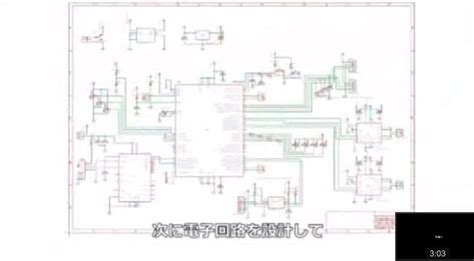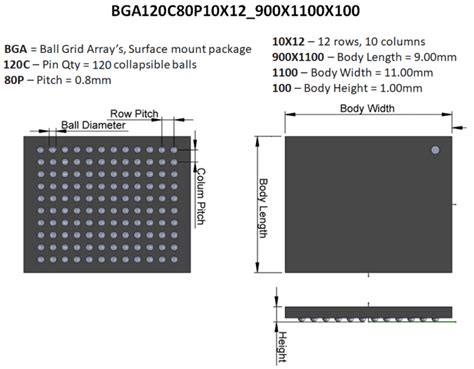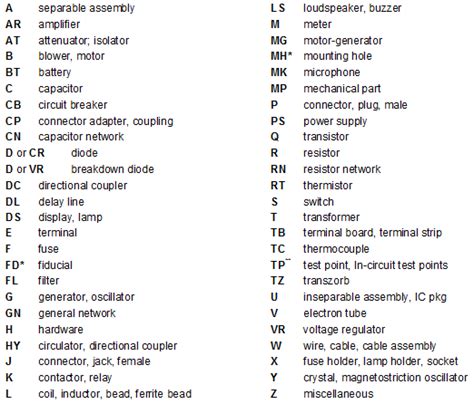Introduction to PCB Naming and Data Management
Printed Circuit Board (PCB) design and manufacturing is a complex process that involves multiple stakeholders, design iterations, and data management challenges. One of the critical aspects of effective PCB Data Management is establishing a consistent and standardized naming convention. A well-defined naming convention ensures that all stakeholders, including designers, manufacturers, and clients, can easily identify, track, and communicate about specific PCB designs and revisions.
In this article, we will explore the importance of PCB naming conventions, discuss best practices for implementing them, and delve into various aspects of PCB data management. We will also provide examples and tables to illustrate key concepts and make the information more accessible to readers.
The Importance of PCB Naming Conventions
Consistency and Clarity
A standardized naming convention for PCB designs brings consistency and clarity to the entire design and manufacturing process. By following a predefined set of rules and guidelines, all stakeholders can easily understand and interpret the information contained within a PCB’s name. This clarity reduces the likelihood of confusion, errors, and miscommunication, ultimately leading to a more efficient and streamlined workflow.
Revision Tracking
PCB designs often go through multiple iterations and revisions before reaching the final production stage. A well-structured naming convention allows for easy tracking of these revisions, enabling all parties involved to quickly identify the most recent version of a design. This is particularly important when dealing with complex projects that involve numerous PCB designs and frequent updates.
Inventory Management
Effective inventory management is crucial for PCB manufacturers and clients alike. A standardized naming convention helps in organizing and categorizing PCB designs, making it easier to manage inventory levels, track stock, and fulfill orders. By incorporating relevant information such as the PCB type, version, and customer details into the naming structure, companies can optimize their inventory management processes and reduce the risk of stockouts or overstocking.

Best Practices for PCB Naming Conventions
Include Relevant Information
When developing a naming convention for PCB designs, it is essential to include all relevant information that stakeholders may need to identify and work with a specific design. Some key elements to consider incorporating into your naming convention are:
| Information | Description |
|---|---|
| Project Name or Code | A unique identifier for the project or product that the PCB belongs to |
| PCB Type or Function | Indicates the specific function or type of the PCB (e.g., main board, power supply, sensor module) |
| Version or Revision Number | Represents the current iteration or revision of the PCB design |
| Date or Timestamp | Includes the date or timestamp of when the design was created or last modified |
| Customer or Client Name | Identifies the customer or client associated with the PCB design |
Use a Consistent Delimiter
When combining multiple elements in a PCB name, it is crucial to use a consistent delimiter to separate them. Common delimiters include hyphens (-), underscores (_), or periods (.). Choose a delimiter that is easy to read and does not conflict with any naming conventions or file systems used by your organization or clients.
For example, a PCB name following a consistent delimiter might look like:
MainBoard_Rev3_20210530_ClientXYZ
Keep Names Concise
While it is important to include all necessary information in a PCB name, it is equally important to keep the names concise and easy to read. Avoid using excessively long names or including redundant information. Aim for a balance between comprehensiveness and brevity to ensure that names are informative yet manageable.
Avoid Special Characters
When creating PCB names, it is best to avoid using special characters such as spaces, slashes (/), or ampersands (&). These characters can cause issues with file systems, databases, or other software tools used in the design and manufacturing process. Stick to alphanumeric characters and the chosen delimiter for maximum compatibility and ease of use.

PCB Data Management
Version Control
Effective version control is essential for managing PCB design data and ensuring that all stakeholders are working with the most up-to-date information. Implement a robust version control system that allows for easy tracking of changes, revisions, and updates to PCB designs. Some popular version control systems used in the industry include:
- Git
- Subversion (SVN)
- Mercurial
These systems enable designers to collaborate effectively, maintain a history of changes, and revert to previous versions if needed.
Data Storage and Organization
Proper data storage and organization are key to efficient PCB data management. Establish a centralized repository or database for storing all PCB design files, documentation, and related assets. Use a consistent folder structure and naming convention to ensure that files are easy to locate and access.
Consider organizing your PCB data using a hierarchical structure like the following:
- Project A
- PCB Design 1
- Schematics
- Layout
- Documentation
- PCB Design 2
- Schematics
- Layout
- Documentation
- Project B
- PCB Design 1
- Schematics
- Layout
- Documentation
Collaboration and Access Control
PCB design often involves collaboration among multiple team members, including designers, engineers, and managers. Implement a collaboration platform or system that allows for seamless sharing of design files, feedback, and updates. Ensure that access controls are in place to maintain data security and prevent unauthorized changes to PCB designs.
Some collaboration tools commonly used in the PCB industry include:
- Altium 365
- Cadence OrCAD
- Mentor Graphics PADS
These tools provide features such as real-time collaboration, design reviews, and version control integration, streamlining the collaboration process and improving overall efficiency.
Backup and Disaster Recovery
Regularly backing up your PCB design data is crucial to protect against data loss due to hardware failures, human error, or other unforeseen events. Implement a robust backup strategy that includes both on-site and off-site backups. Consider using cloud storage solutions for added redundancy and accessibility.
Develop a disaster recovery plan that outlines the steps to be taken in case of data loss or system failures. Regularly test your backup and recovery processes to ensure that they are functional and up to date.

FAQ
- Q: Why is a standardized naming convention important for PCB designs?
A: A standardized naming convention brings consistency, clarity, and ease of communication to the PCB design and manufacturing process. It allows all stakeholders to easily identify, track, and work with specific PCB designs and revisions. - Q: What information should be included in a PCB naming convention?
A: A PCB naming convention should include relevant information such as the project name or code, PCB type or function, version or revision number, date or timestamp, and customer or client name. - Q: What are some best practices for creating PCB names?
A: Some best practices for creating PCB names include using a consistent delimiter, keeping names concise, avoiding special characters, and including all necessary information without being overly lengthy. - Q: How can version control help in PCB data management?
A: Version control systems like Git, SVN, or Mercurial enable designers to track changes, collaborate effectively, maintain a history of revisions, and revert to previous versions if needed. They ensure that all stakeholders are working with the most up-to-date information. - Q: Why is it important to have a backup and disaster recovery plan for PCB data?
A: Regularly backing up PCB design data and having a disaster recovery plan helps protect against data loss due to hardware failures, human error, or other unforeseen events. It ensures that your valuable design data can be recovered quickly in case of any issues.
Conclusion
Implementing a standardized naming convention and effective data management practices is essential for streamlining the PCB design and manufacturing process. By following best practices for naming conventions, utilizing version control systems, organizing data properly, and implementing collaboration tools, companies can improve efficiency, reduce errors, and ensure that all stakeholders have access to the most up-to-date information.
Remember to include all relevant information in your PCB names, use consistent delimiters, and keep names concise. Regularly back up your design data and have a disaster recovery plan in place to safeguard against potential data loss.
By prioritizing PCB naming conventions and data management, companies can optimize their design and manufacturing workflows, ultimately leading to faster time-to-market, improved product quality, and increased customer satisfaction.

No responses yet